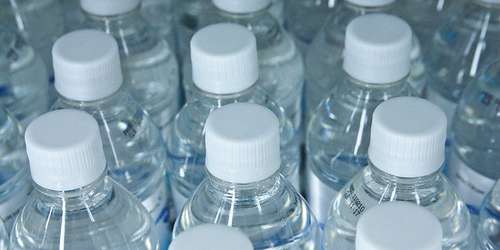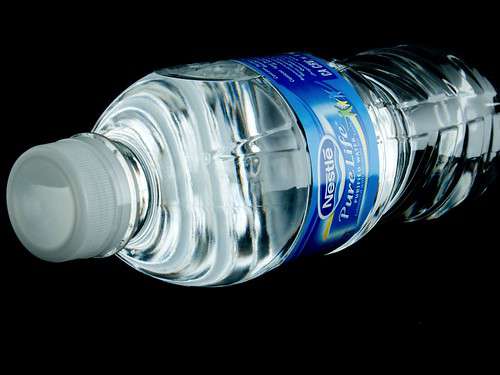
The color of plastic bottles can have a great impact on consumer perception of a product and become an essential component of brand identity. Image Source: Flickr user Steven Depolo
In our everyday lives we are surrounded by a wealth of objects that are truly remarkable in their form and function. When those objects become ubiquitous, however, it can be easy to forget how transformative they really are. We simply become used to having them around and their revolutionary qualities are taken for granted. The plastic bottle is one such object. First produced commercially in 1947, they entered mass use in the 1960s when the introduction of high-density polyethylene made plastic an affordable alternative to glass and quickly gained popularity owing to its improved functionality.1 The advantages of plastic bottles include:
- Safety and resilience: Plastic bottles are rugged and shatter-proof, making them safe to handle, “unlikely to leak or burst”, and suitable for use in challenging conditions.
- Energy savings: Plastic bottles weigh significantly less than glass, reducing energy consumption and costs during transportation. As J.T. Barett notes, “Because plastics are soft and have relatively low melting points, plastic bottles take less energy to manufacture than glass.”2
- Recyclability: Plastic bottles can easily be recycled into a variety of secondary products.
Along with the clear practical and economic advantages of plastic bottles, they also present unique aesthetic and marketing possibilities. Plastic is a wonderfully diverse material that can be manufactured in a wide array colors used to compliment the product contained within and fortify brand identity. Because color is blended into the resin itself rather than being applied superficially, it “never runs, rubs, or washes off,” making color an intrinsic quality of the packaging. Spectrophotometric color measurement allows plastic manufacturers to use the color of plastic bottles to full effect to optimize the appearance of the product.

Spectrophotometers are able to accurately the measure the color of plastic bottles regardless of opacity or texture to produce reliable and relevant color data. Image Source: Flickr user Larry Jacobsen



